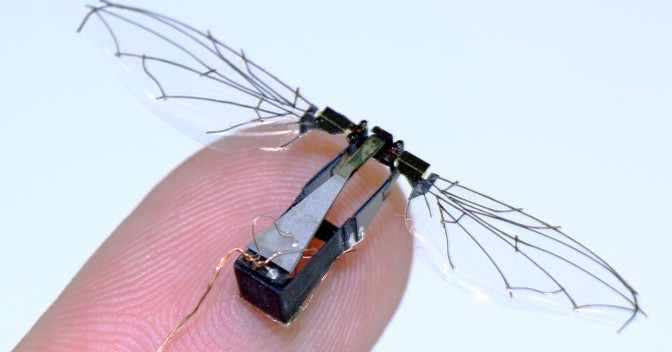According to Defense Advanced Research Projects Agency (DARPA), an aircraft qualifies as an MAV if it is smaller than 6 inches in any direction or its gross take-off weight is lesser than 100 grams.

The wings of patented MAV can be transitioned between flapping flight and fixed wing flight to enable gliding and hovering in a single configuration.
The MAV can have independent wing control to provide enhance energy efficiency and high manoeuvrability. Power to each wing can be controlled separately by varying the amplitude of the wing flapping, the frequency of the wing flapping, or both. The flapping frequency can be controlled such that it is at or near the natural frequency of the wings for improved energy efficiency.

MAVs are useful in several applications because their small size and manoeuvrability yields several advantages. For example, MAVs can fly in enclosed or partially enclosed areas, such as in buildings and alleyways. MAVs can also fly through and around obstacles that are too large or too close together to be avoided by conventional aerial vehicles. MAVs can perform tasks that other, larger aerial vehicles cannot.
Publication number: US 9290268
Patent Title: Hovering and gliding multi-wing flapping micro aerial vehicle
Publication date: 22 Mar 2016
Filing date: 17 Feb 2012
Inventors: Jayant Ratti; Emanuel Jones; George Vachtsevanos;
Applicant: GEORGIA TECH RESEARCH CORPORATION


